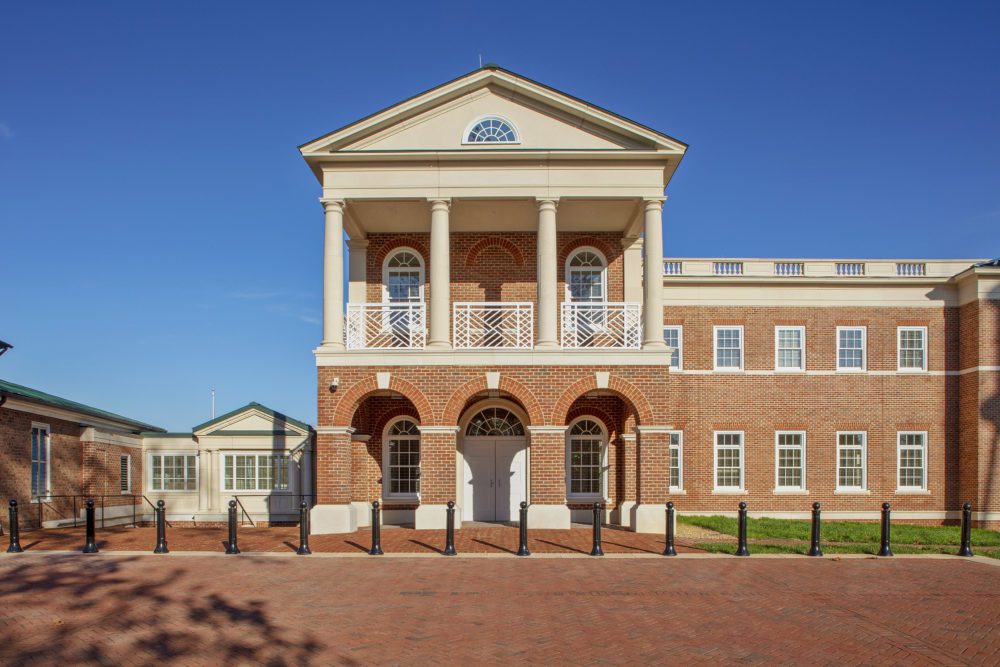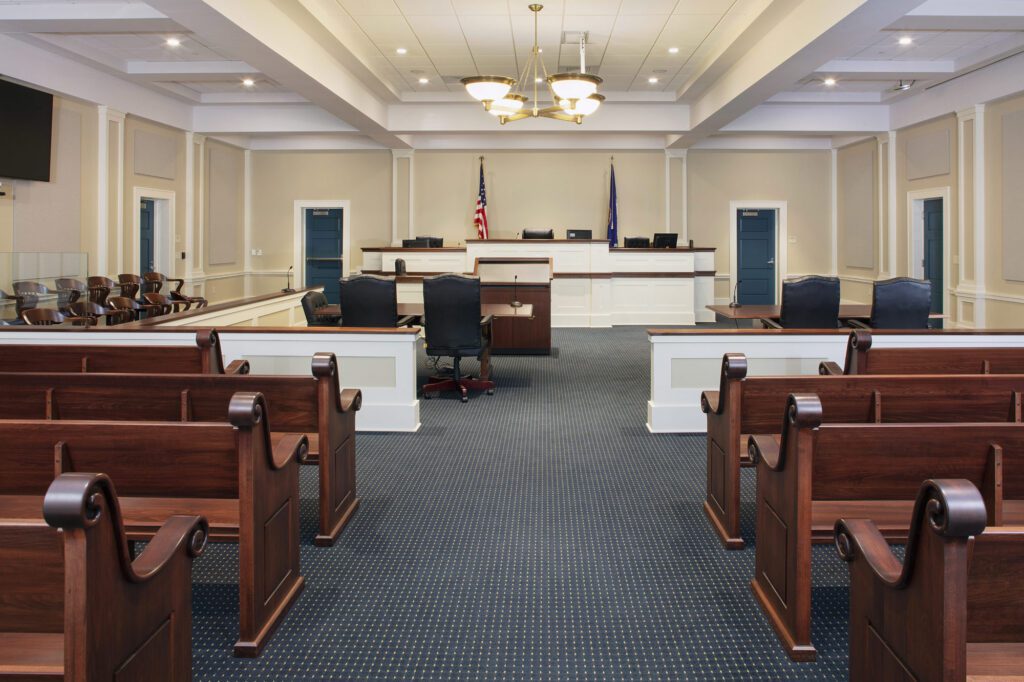
By Andrew Moore and Gary Walker
History runs deep in each of Virginia’s 95 counties. For centuries, county courthouse greens and municipal centers served as vibrant civic spaces where citizens come together. Current needs have forced many Virginia counties to reconsider these spaces. We firmly believe that county leaders should transform historic buildings or incorporate new construction in historic areas to create modern facilities that continue to serve as civic gathering spaces rather than create new complexes on greenfield sites far from traditional county centers.
Three best practices are vital to revitalize your county’s historic civic spaces and ensure they meet the needs of today’s citizens.
First, ask for input early. Think hard about your stakeholders and what matters to them. That buy-in will be critical as plans are crafted. Another benefit of involving citizens is that they’ll be more likely to engage with the enhanced civic spaces.
Second, embrace traditional design principles. Citizens recognize the civic importance of courthouses and municipal buildings because of well-established architectural and spatial clues. Traditional elements also have the benefit of staying power. For example, brick and stone are durable and associated with meaningful institutions. Likewise, traditional approaches boast an efficient use of space and are often more energy efficient than contemporary architectural trends.
Third, less can be more. An intense focus tying new and existing facilities together will ensure that renovated or new buildings honor an area’s historic significance and blend with the existing character, often a source of pride for residents.
Charlotte County offers an insightful case study. Following a feasibility review of the historic courthouse square, a new courthouse was designed to complete the square and through a connection to the historic Circuit Court Clerk’s office, enabled a secure, consolidated facility for the various courts. The feasibility study also helped courthouse users understand that an efficient design could both respect the historic nature of the place and maximize stewardship of the County’s resources, while meeting the Virginia Courthouse Facility Guidelines.
New construction seamlessly fit in with the traditional fabric of the courthouse green and the existing courthouse, designed by Thomas Jefferson. The new building relied heavily on traditional design principles, ensuring a connection to the existing structures while providing the additional space and modern amenities required.
Feedback about the courthouse complex is overwhelmingly positive because the new building evokes the community’s existing architecture, while preserving the area’s walkability and sense of place.
These three lessons should guide Virginia counties as they consider how to enhance historic civic centers to foster growth and greater efficiency while boosting civic engagement and community pride.
——–
Gary Walker is the current Chair of the Charlotte County Board of Supervisors. He has served on the Board since 1996. He can be reached at gwalker@charlottecountyva.gov.
Andrew Moore AIA, LEED AP BD+C, CDT is a Senior Principal at Glavé & Holmes Architecture in Richmond, VA. As founder and Director of the firm’s Urban Architecture Studio, he seeks to create buildings and places that enhance community life in the public realm. He can be contacted at amoore@glaveandholmes.com.

Click here to see more photos of the new Charlotte County Courthouse
